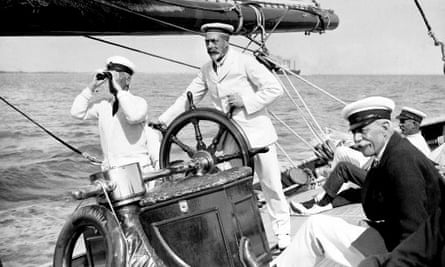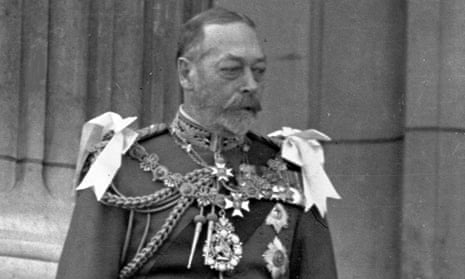Fleet Street, Tuesday
The tolling of “Great Tom,” the mightiest bell of St Paul’s Cathedral, is always the first official intimation to the City of London that a King of England is dead. For two hours this morning, beginning at eight o’clock, the slow heavy notes, beating above the noise of the traffic, proclaimed the news to residents and to workers as they arrived.
Long before that, however, little shops here and there had put black painted boards on their frontages, and thousands of men travelling to work displayed the black tie as a sign of mourning.
The Stock Exchange and certain other centres of business were closed. All theatres and cinemas and the circuses at Olympia and the Agricultural Hall decided to remain closed all day. All public luncheons and dinners that were to have been held at hotels and restaurants were cancelled, and so were formal dinners at the clubs. Cabarets and other entertainments were also cancelled.
Shops with blinds down
Some of the shops kept their window-blinds down, and one of the big West End shops raised only a single blind to show the portrait of King George set against a drapery of black. By an early hour some of the largest shops, and some of the small ones established long ago, had set black boards as a sign of mourning beside their windows, but most of the others only began to do this in the afternoon as though they had been altogether unprepared for the sudden termination of the King’s illness.
The general sign of mourning in all the streets was the union jack at half-mast, where it flew from the roof or, as was more frequent, from the wall of the building.

The official announcement regarding Court mourning was not issued till late in the afternoon and nothing was known of any request for the wearing of mourning by the general public. But a large section of the public had made up its own mind on this point. “We were amazed,” said the representative of one West End firm, “to see that about 80 per cent of the early customers came in black. Some of them were people we had never seen in black before.”
Black ties everywhere
All the shops told the same story of customers who must have black hats and who often wanted to wear them at once. By the afternoon some of the shops had sold all the hats they had started the day with and were selling new supplies. There was a great, demand for black coats, a demand in many cases by women who are accustomed to coloured coats. Others were buying black tailor-mades which could be worn later with white blouses.
At the end of King Edward’s reign nearly everyone wore black stockings. This is the first occasion for general mourning since black stockings went cut and coloured stockings became the rule. The shops are agreed that the shade known as gun metal should count as mourning and people will probably wear more gun metal than black.
Black gloves are, however, considered essential for mourning, and more of them were worn to-day even in poor streets than for many years past.
The effect of these purchases will be much more marked to-morrow, but even to-day it was astonishing how sombre the streets had become and how conspicuous was a sudden flash of colour. What most impressed people was the prevalence of the black tie; nearly every man, whatever his degree, was wearing one.

Comments (…)
Sign in or create your Guardian account to join the discussion